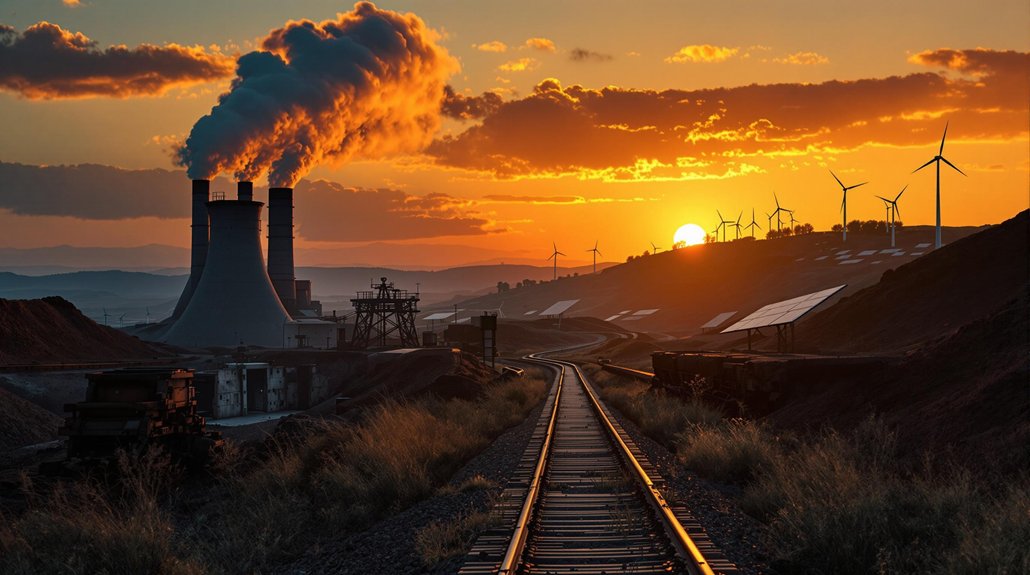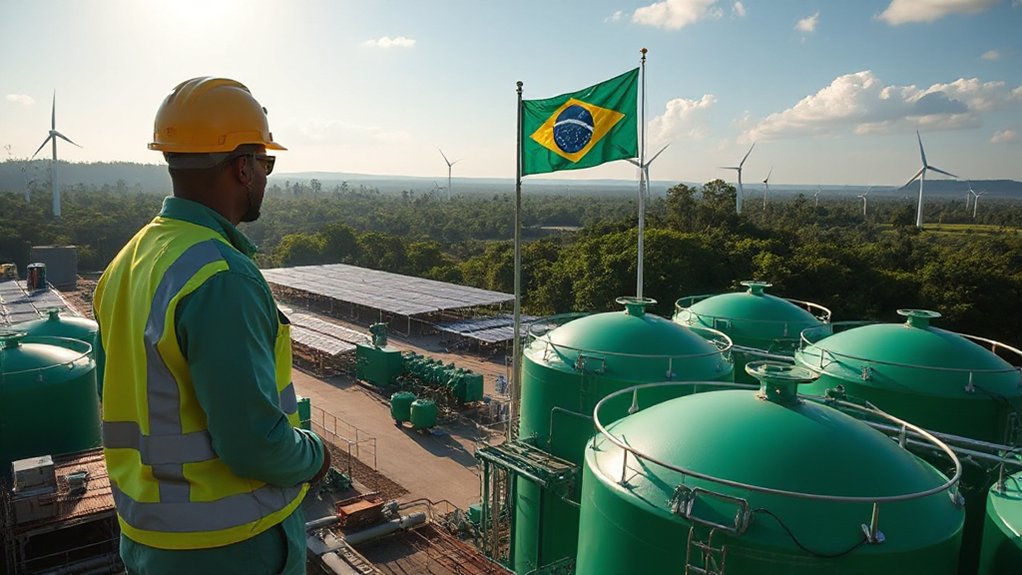Money talks. And £164 million speaks volumes about Britain’s hydrogen ambitions. Ofgem just confirmed this massive funding package for National Gas projects, with £107 million freshly allocated for two new initiatives on top of the £57 million already promised for Project Union: East Coast. Not exactly pocket change.
Britain’s £164 million hydrogen investment isn’t just ambitious—it’s a long overdue revolution for our energy future.
This cash injection isn’t just throwing money at a problem—it’s backing the detailed engineering design phase for what could become more than half of the UK’s proposed national hydrogen network. They’re not messing around.
The economic impact? Potentially huge. We’re talking about 3,100 jobs during peak construction and an annual £300 million boost to the economy. By 2050, this network could release a staggering £13 billion in private investment and support 185,000 jobs. The taxman’s happy too, with projected additional revenues of £650 million.
Most of the plan involves repurposing existing gas pipelines. Smart move. Why build new when you can recycle? But they’ll construct fresh pipelines where needed. The significant investment aims to accelerate core hydrogen infrastructure development across the UK. The end goal: up to 1,500 miles of hydrogen transmission capacity connecting industrial clusters across Britain.
The SCO₂T Connect project alone will repurpose 174 miles and add 37 miles of new pipeline for CO₂ transport.
This isn’t just environmental window dressing. It’s a concrete step toward the government’s target of 10 GW of low-carbon hydrogen production by 2030. From talk to action. Finally.
For heavy industry—those factories and plants that can’t easily switch to electricity—this network offers a lifeline to decarbonization. The development will complement electricity networks to create a resilient and secure long-term energy system.
While the UK pursues hydrogen, the US has made remarkable progress with renewable energy sources now surpassing coal in electricity generation for the first time in history.
And for everyday folks? Hydrogen blending would start at 2% concentration, eventually reaching 5%.
Look, Britain’s energy landscape has been stuck in the past for decades. This investment might actually drag it kicking and screaming into the future. About time, really. The question isn’t whether we need this transformation—it’s why it took so long to start.
References
- https://www.nationalgas.com/media/news/britains-core-hydrogen-network-takes-major-step-forward-ps164-million-investment
- https://www.businessgreen.com/news/4521908/ofgem-confirms-164m-investment-core-uk-hydrogen-network
- https://www.nationalgas.com/media/news/autumn-budget-and-beyond-policies-cement-britains-place-clean-energy-superpower
- https://www.hvac-now.co.uk/article/349054/ofgem-confirms-164m-investment-in-core-uk-hydrogen-network
- https://wholelifecarbon.com/article/ofgem-confirms-164m-investment-in-core-uk-hydrogen-network
- https://www.ofgem.gov.uk/sites/default/files/2025-07/Preliminary-Strategic-Direction-Statement.pdf
- https://www.h2-view.com/story/ofgem-approves-164m-to-advance-uks-hydrogen-backbone/2134839.article/
- https://www.hilldickinson.com/insights/articles/update-developments-energy-transition-uk-part-3
- https://www.qcintel.com/hydrogen/article/ofgem-confirms-164m-investment-in-3-national-gas-hydrogen-projects-53022.html








